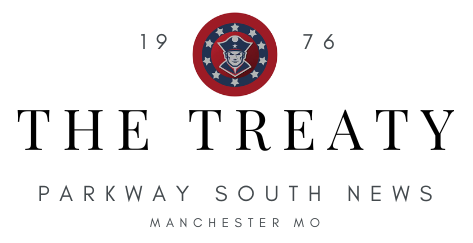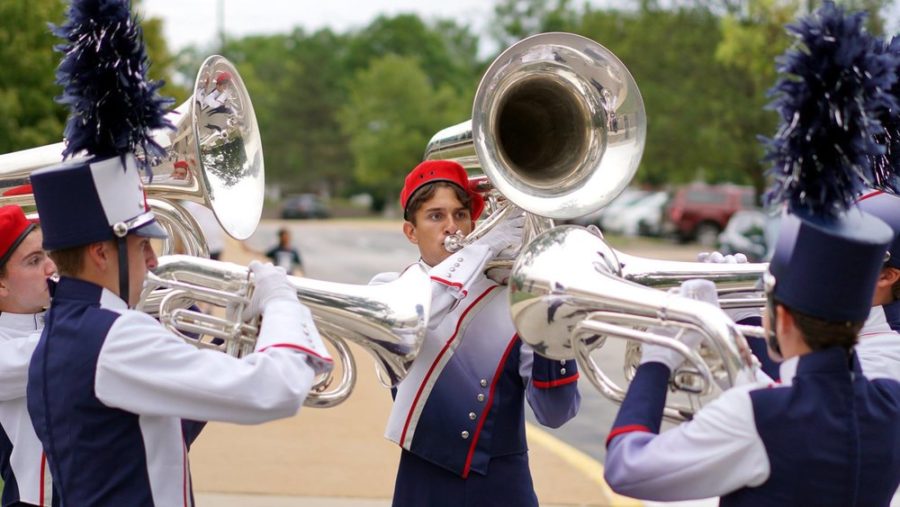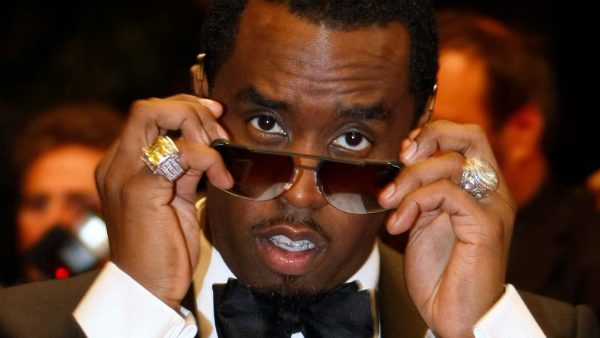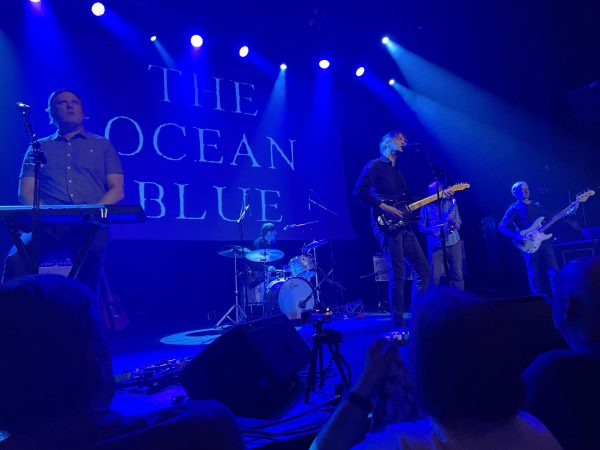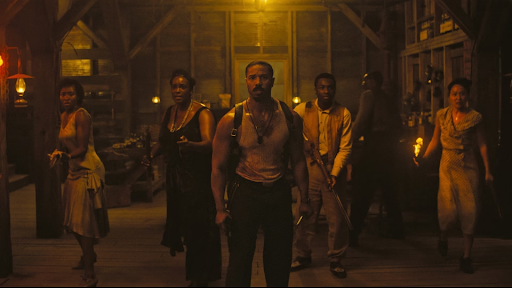All about the ‘Chroma’
Marching band finishes another season
To the steadfast, dutiful cadence of a drum, the Spirit of ‘76 marching band moves as one, uniformly stepping onto the turf. It is silent for the faithful tap of drumstick, the brush of grass on heel nothing more than a whisper. Each member stares ahead, chin up and shoulders squared.
This is the solemn ritual that begins each performance. The band has entered its own world, one that stretches from the edges of the field to the unerring hands of the drum major. Inside this world, the air is palpable with the electricity of the band, an energy perpetuated as the announcer speaks, telling the band to “take the field in competition,” and it is up them whether they do or not.
But what lies beneath a single performance? One does not have to be a fan or soccer or football to know that there is far more to these sports than the games they watch, yet what goes into a marching band show is unknown and unfamiliar. A marcher can tell you, as any athlete can, that the inner workings of their sport and its meaning to them extends far beyond what the audience observes.
“You have a routine you have to perform better than somebody else. There’s no defense. Somebody else can’t prevent you from scoring points. We just have to go out there and earn enough points to be more than somebody else,” said Lisa Kinworthy, the standing director of the marching band.
On Sept. 15, the marching band took Outstanding Music, Outstanding Percussion, and first place at its first competition with their show “Chroma,” which is centered around the colors red, blue and yellow, and music that corresponds with each color. Chroma is the purity or intensity of color.
Kinworthy describes the music of the show as happy and upbeat. It features Radiohead and Indie music: “… something you can hum when you’ve left the field,” she said.
The hours of practice and dedication that go into marching band may baffle some, when the outcome is a show that is at least six minutes, which is the minimum set by Bands of America.
Kyah Jackson, a co-captain of the Color Guard, describes the hardest thing about marching band to be paying attention to all its elements: “to focus on dancing, throwing a flag, and moving across the field.”
Color Guard accompany the marching band visually by representing the music with flags, rifles, sabres, and other props.
“I really like the team and the reward of working together. In my life, I’d say it’s important because it feels good to choose something to dedicate myself to and put my work and pride into,” Jackson said.
For Kinworthy, one fuel for her passion of marching band is the beauty of music.
“When it’s there, and it’s good… you add more parts to that, and the whole thing, it’s a lot of different mechanized parts that someone’s put together, and they all just work… it’s a greater whole, I think… There’s things that I cannot put into language, I can’t put into words, that I can do in a song… the sheer emotion that you can expand in music is what makes living worth it,” she said.
For many members of the marching band, their passion for marching comes from its community.
Luke Jackson, senior and field leader, cites his love of marching band from its community.
“The people. I love the people so much,” he said. “I wanted to get involved in something. I knew it was a large community of people who cared about music and were very dedicated. Without the community, I wouldn’t be the person I am now. I became more expressive of myself. The community is so strong.”
Vani Ganesh, senior and co-captain of the Color Guard, was also drawn by the team’s sense of community.
“I saw how close the people were on the team, and I wanted to be a part of that. So, here I am,” she said.
Kinworthy also describes the community of marching band to be important, saying that some of her best friends marched with her.
“For me, it was the place to call home, and everybody has that place. You’re coming into a school of 1600 people, to have somebody say hi to you in the hall on day one, is important,” she said.
To the members of the Spirit of ‘76 marching band, their experience holds a special weight.
Luke Jackson says that the different dynamic of marching band taught him discipline and the trickiness of being a leader.
“It has a lot of student leaders. Every session is student led. I had to learn how to be a leader very quickly. It teaches you how to gain respect and be friends with the people who you have to lead. Respect is a double-edged blade. For them to give you respect, you have to give respect. Be kind,” he said.
Julianna Hefele, senior and Drum Major, acts as the mediator between the band and the director.
“The horn line.. They breathe together, they release together, they step together. It’s unity. We are glorious. It’s a humbling experience. It taught me the beauty of music and art, to evoke emotions from people when you do it and do it well,” she says.
Kinworthy also describes achievement as one value of marching band.
“I had such a feeling of accomplishment. Hitting the line every eight counts sounds stupid, but when it’s done together, and you see it done together, it’s just really cool. And you want to be there, that’s where it starts, and honestly it takes a long time to get to the point where you get some extrinsic love for that. There’s also a team feeling because you’re all in it together. You have to have the kids on either side of you, more so than a sport, because a sport has a bench. We don’t have a bench,” Kinworthy said.
Ganesh cites the value of marching band in the strength is has taught her.
“If you’re not confident in yourself, it’s a good place to go. It’s a good place to see your own strengths as an individual come to life. It’s a great place to make friends you’ll have for life. It rocks me to my soul.”
